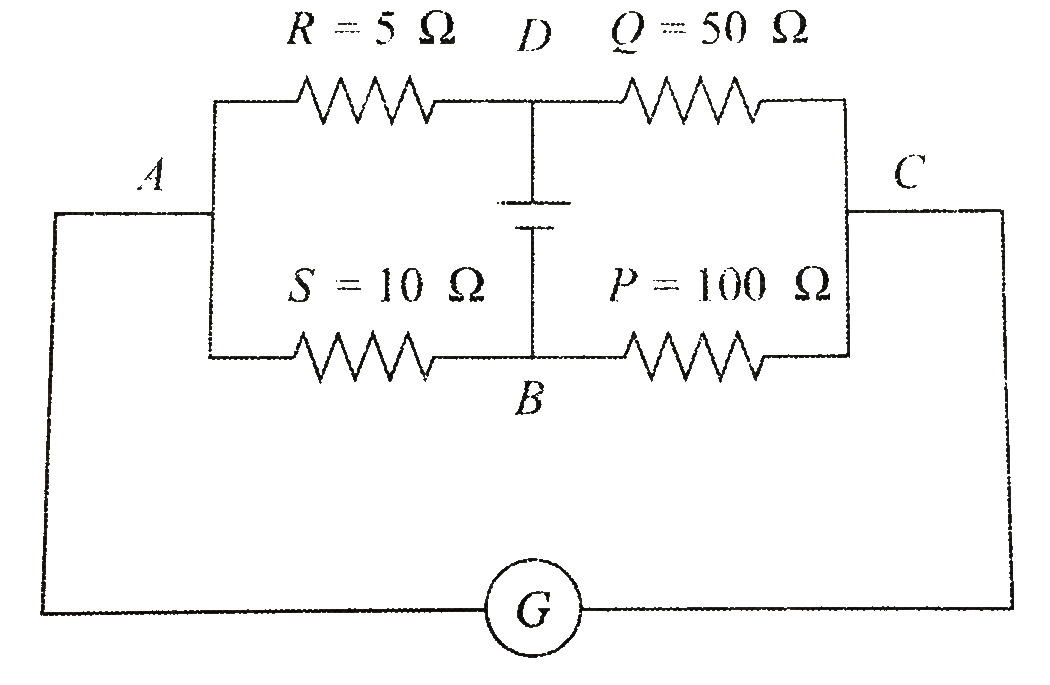Figure6.52 shows a balanced wheatstone net. Now, it is disturbed by changing P to 11Ω. Which of the following steps will not bring the bridge to balance again?

increasing R by 2Ω
increasing S by 20Ω
increasing Qby 10Ω
making product RQ=2200(Ω)2
The correct Answer is:B
P/Q=R/S. If P is increased, then either R or Q should be increased or S should be decreased.
Topper's Solved these Questions
- ELECTRICAL MEASURING INSTRUMENTSBOOK - CENGAGE PHYSICS ENGLISHCHAPTER - ELECTRICAL MEASURING INSTRUMENTSEXERCISE - Multiple Correct
7 Videos
- ELECTRICAL MEASURING INSTRUMENTSBOOK - CENGAGE PHYSICS ENGLISHCHAPTER - ELECTRICAL MEASURING INSTRUMENTSEXERCISE - Assertion-Reasoning
7 Videos
- ELECTRICAL MEASURING INSTRUMENTSBOOK - CENGAGE PHYSICS ENGLISHCHAPTER - ELECTRICAL MEASURING INSTRUMENTSEXERCISE - Subjective
18 Videos
- ELECTRIC POTENTIALBOOK - CENGAGE PHYSICS ENGLISHCHAPTER - ELECTRIC POTENTIALEXERCISE - DPP 3.5
15 Videos
- ELECTROMAGNETIC INDUCTIONBOOK - CENGAGE PHYSICS ENGLISHCHAPTER - ELECTROMAGNETIC INDUCTIONEXERCISE - compression type
7 Videos
Similar Questions
In the gives figure , a balanced Wheastone bridge is shown . Now it is distrubed by changing P to 15Ω. Which of the following steps will not bring the bridge to balance again ?

View SolutionFigure 6.64 shows a balanced wheatstone bridge.

View SolutionWhen a sample of ideal gas is changed from an initial state to a final state, various curves can be plotted for the process like P-V curve, V-T curve,P-T curve etc.
For example, P-V curve for a fixed amount of an ideal gas at constant temperature is a rectangular hyperbola, V-T curve for a fixed amount of an ideal gas at constant volume is again a straight line. However, the shapes may vary if the constant parameters are also changed.
Now, answer the following questions :
Which of the following graphs is not possible for a fixed amount of ideal gas upon moving from initial state A to final state B :
View SolutionFigure shows the circuit of a potentiometer. The length of the potentiometer wire AB is 50 cm. The emf of the battery E, is 4 volt having negligible internal resistance. Values of resistances R1 and R2 are 15 ohm and 5 ohm respectively. When both the keys are open, he null point is obtained at a distance of 31.25 cm from end A but when both the keys are closed, the balance length reduces to 5 cm only RAB=10Ω

Which of the following can be possible way to connect the batteries in the potentiometer setup above ?
View SolutionThe figure below shows a wheatstone bridge with resistors P and Q having almost equal resistance. When R = 400Ω , the bridge is in balanced condition. If on interchanging P and Q, the bridge is again balanced for R=405Ω, then the value of X is

View SolutionThe figure shows a potentiometer arrangement. D is the driving cell, C is the cell whose emf is to be determined. AB is the potentiometer wire and G is a galvanometer. J is a sliding contact which can touch any point on AB. Which of the following are essen tal condition for obtaining balance?
View SolutionThree resistance P,Q,R each of 2Ω and an unknown resistance S from the four amrs of a Wheatstone's bridge circuit. When a resistance of 6Ω is connected in parallel to S the bridge gets balanced. What is the value of S ?
View SolutionThree resistance P,Q,R each of 2Ω and an unknown resistance S from the four amrs of a Wheatstone's bridge circuit. When a resistance of 6Ω is connected in parallel to S the bridge gets balanced. What is the value of S ?
View SolutionThe reaction between phosphorus (P4) and hydrogen (H2) can result in the formation of phosphine (PH3) as shown :
P4(s)+6H2(g)⇔4PH3(g)
The graph shows the change in concentration of hydrogen for this reaction in which the system was distrubed after four hours.

Which of the following could explain the change in hydrogen concentration at time = 4 hours?
View SolutionThe general motion of a rigid body can be considered to be a combination of (i) a motion …. of its centre of mass about an axis, and (ii) its motion about an instantaneous axis passing through the centre of mass. These axes need not be stationary. Consider, for example, a thin uniform disc welded (rigidly fixed) horizontally at its rim to a massless stick, as shown in the figure. When the disc-stick system is rotated about the origin on a horizontal frictionless plane with angular speed ω , the motion at any instant can be taken as a combination of (i) a rotation of the centre of mass of the disc about the z-axis, and (ii) a rotation of the disc through an instantaneous vertical axis passing through its centre of mass (as is seen from the changed orientation of points P and Q). Both these motions have the same angular speed ω in this case.

Now consider two similar systems as shown in the figure: case (a) the disc with its face vertical and parallel to x-z plane, case (b) the disc with its face making an angle of 45° with x-y plane and its horizontal diameter parallel to x-axis. In both the cases, the disc is welded at point P, and the system are rotated with constant angular speed ω about the z-axis
Which of the following statement regarding the angular speed about the instantaneous axis (passing through the centre of mass) is correct ?
View Solution

